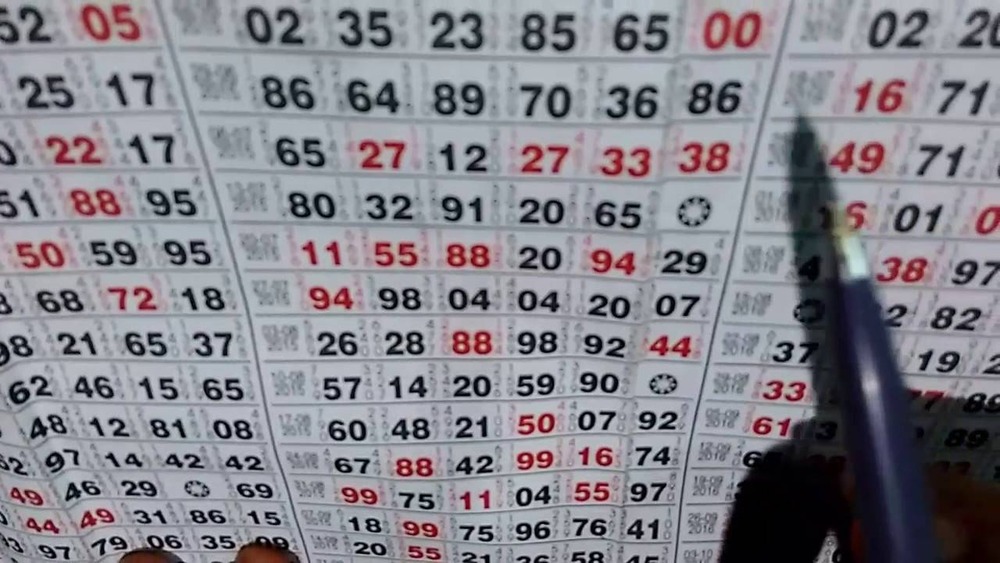If you’ve ever ventured into the world of lottery or gambling, you’ve probably come across various charts and predictions promising to unlock the secrets of winning.
Among these, the Kalyan chart is a popular tool, often discussed in hushed tones and with a touch of superstition.
But can these predictions be trusted, or are they just another form of gambling folklore? Let’s delve into the fascinating world of the Kalyan chart and find out.
The Allure of the Kalyan Chart
Why do so many people flock to the Kalyan chart? The answer lies in the allure of beating the odds. Imagine having a tool that could increase your chances of winning or at least give you a leg up in a game often perceived as pure luck.
For many, the Kalyan chart represents a blend of science and superstition—a way to infuse some control into the unpredictable world of gambling.
The Science Behind the Predictions
Here’s where things get a bit tricky. While the Kalyan chart and similar tools might offer a scientific approach to predicting outcomes, the reality is often less concrete.
Most predictions are based on patterns observed in past results, but these patterns don’t necessarily guarantee future success.
The randomness of lottery draws means that each number has an equal chance of being selected, regardless of previous outcomes.
Are Kalyan Chart Predictions Reliable?
The big question remains: can you rely on the Kalyan chart? While some people claim to have experienced success, most statistical studies suggest that these charts don’t significantly improve your chances of winning.
The universe of lottery and gambling is inherently random; no chart or prediction method can change that principle. It’s like trying to forecast the weather with a crystal ball—no matter how sophisticated the chart, the results are ultimately unpredictable.
The Risks of Trusting the Kalyan Chart
Trusting the Kalyan chart can lead to several risks. Firstly, there’s the risk of financial loss. People may spend large sums of money on predictions and charts in the hope of winning big, only to find themselves disappointed.
Secondly, there’s a psychological risk; becoming overly reliant on such charts can lead to compulsive gambling behaviour. It’s crucial to approach the Kalyan chart with a healthy dose of scepticism and a clear understanding of its limitations.
Making the Most of the Kalyan Chart
If you’re fascinated by the Kalyan chart and choose to use it, here’s some advice: use it responsibly. Think of it as a fun pastime rather than a foolproof strategy.
It can be entertaining to explore patterns and predictions, but always remember that the lottery is a game of chance. No chart, however sophisticated, can guarantee a win.
Conclusion: Trusting Your Luck or the Kalyan Chart?
Ultimately, the Kalyan chart adds an intriguing layer to gambling and lotteries. It’s a fascinating intersection of mathematics, mysticism, and human psychology.
However, when it comes to trusting the Kalyan chart for reliable predictions, it’s essential to remember that it’s just one of many tools in a game governed by chance.
So, enjoy the charts for what they are—part of the fun and excitement of gambling—but don’t bet the farm on them.
When exploring the realm of the Kalyan chart, keep your expectations realistic and your approach grounded.
After all, in the unpredictable world of lotteries, sometimes it’s best to just go with the flow and let luck do its magic.

